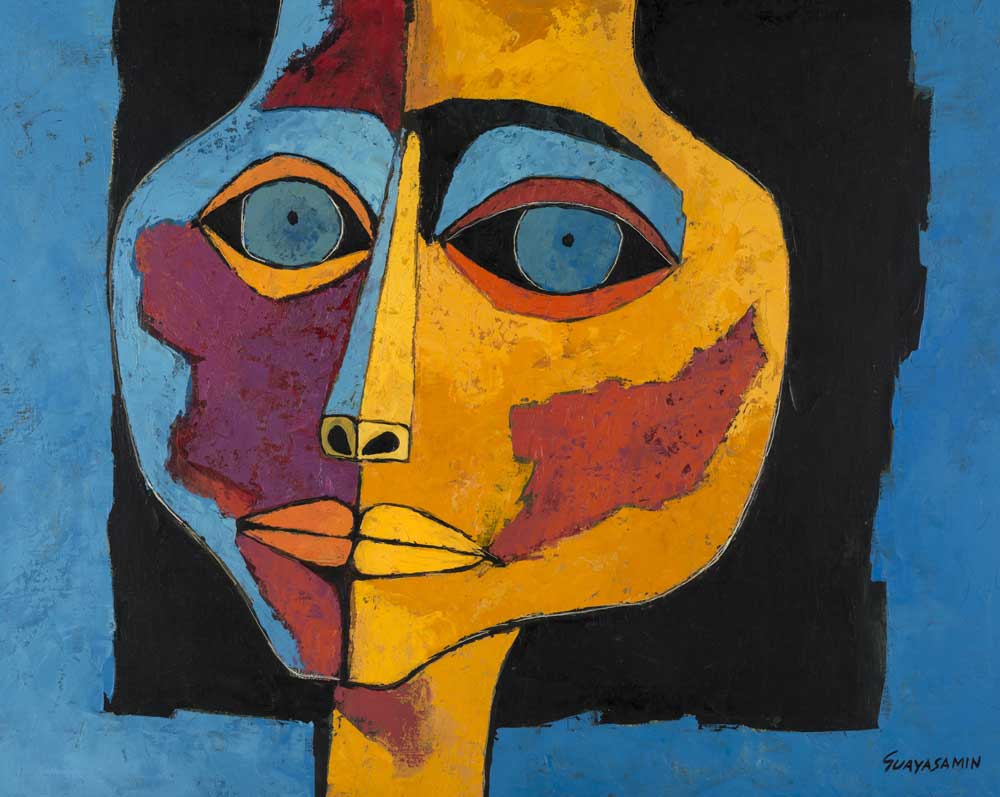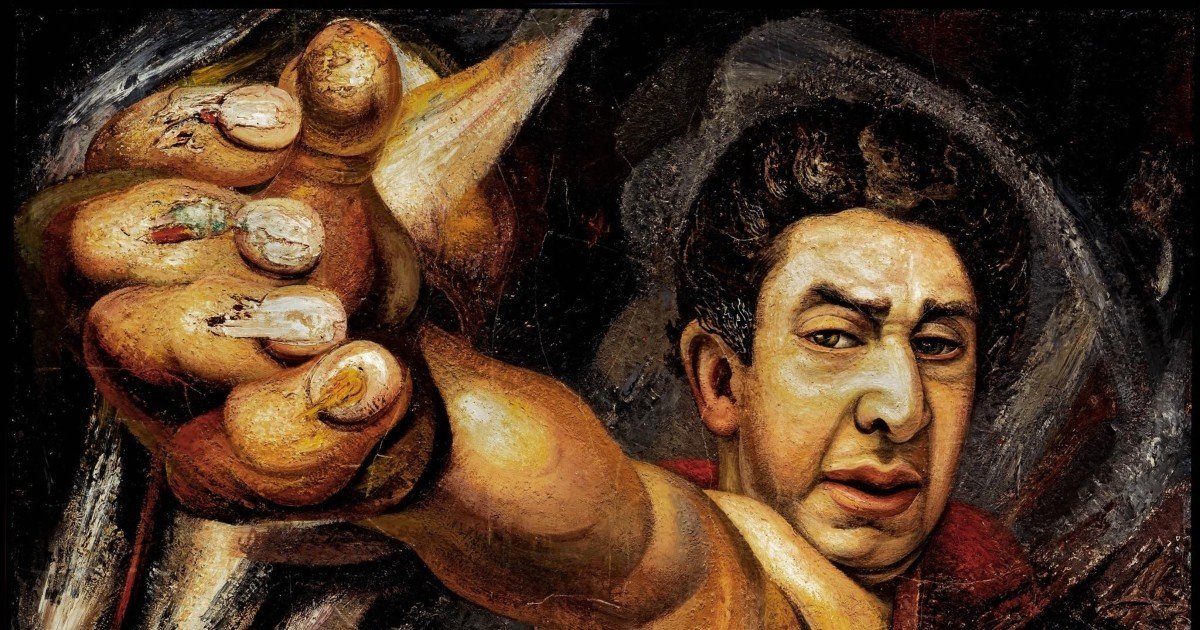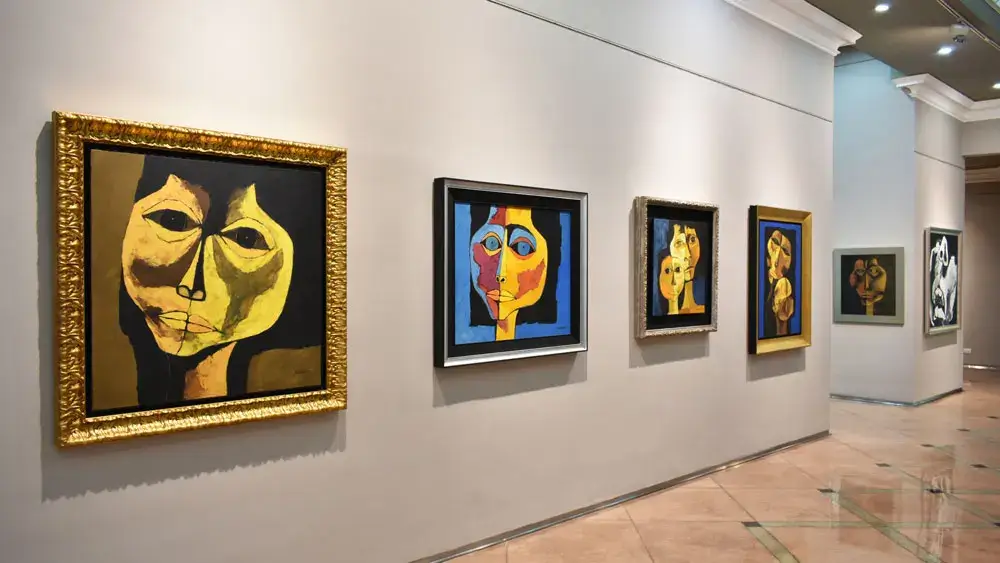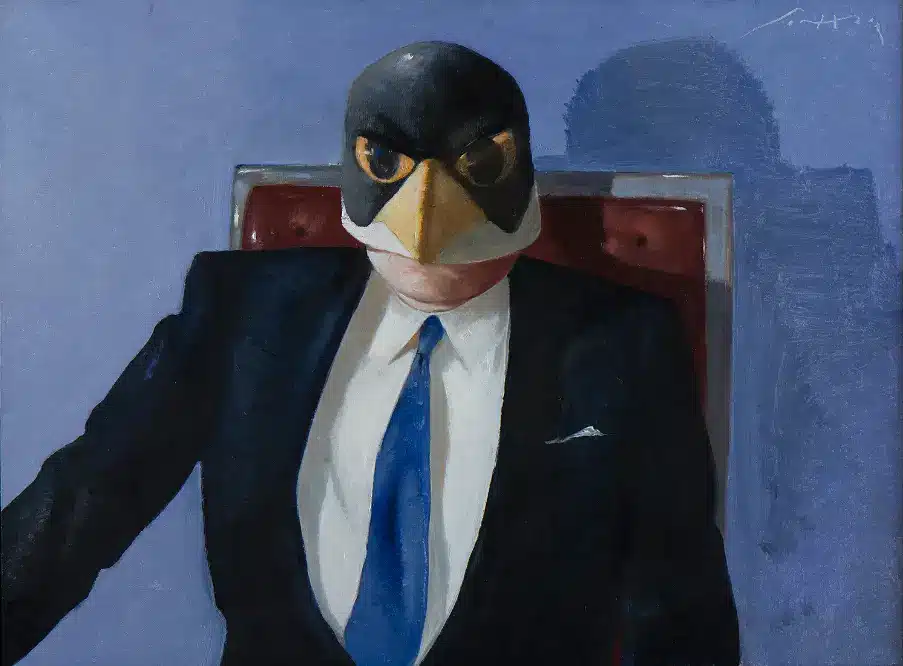Although expressionism in Latin America was the result of the contagion of the European avant-garde, it is a movement very much its own, as it generally highlights the nationalism and indigenism of the region.
It is enough just to go through Latin American painting to evidence the existence of an expressionism of its own, which despite having similarities with European expressionism, there are unmistakable differences in its aesthetic and intellectual content.
Expressionism had an important repercussion in the Latin American cultural fabric, since it was precisely by borrowing characteristics and adapting to the context that it began to become evident in the continent from the individual to the general, from the particular to the collective. And therein lies part of the essence of expressionism, which does not impose, but allows.
These 5 important exponents:
Oswaldo Guayasamín
Ecuadorian painter who fused the avant-garde of the beginning of the century, cubism and expressionism with a strong indigenous theme.
He focused especially on portraying the rampant oppression, poverty and political strife he witnessed growing up.

It takes a stand against the cruelties and injustices of a society that discriminates against the poor, the Indians, the blacks, the weak. It militates in the causes of solidarity with the oppressed peoples, in the struggle for Latin American integration, against dictatorships, against the abuses and aggressions of the powerful and imperialist countries; for peace.
Anita Malfatti
Brazilian painter and designer who introduced the European and North American avant-garde to her country of origin. Her work was rebellious and highly criticized at the time, but she is now considered an important South American artist.
His exhibitions at the time were very controversial. In 1917 Anita Malfatti inaugurated an exhibition of her works in Sâo Paulo with 53 of her works, and with this she opened a discussion on modern art in Brazil and the American and European influences. His second solo exhibition was just as controversial, despite having carefully selected and eliminated the works to be exhibited (he left out drawings that could be a source of scandal, including several nudes).

José Clemente Orozco
One of the most important figures of 20th century Mexican muralism. His art shows an interest in social themes, history and the geometrization of figures.
Pre-Columbian history and criticism of the contemporary world were themes that the painter captured in his work.
His work was characterized by its dramatism, which he achieved through the use of diagonals in group compositions and chiaroscuro.

By sticking to muralism, he brought the characteristics of expressionism to monumentality and majestic geometrization.
Oswaldo Vigas
His work fuses Latin American art movements with the movements born in the 50s in Paris. He excelled in ceramics, sculpture, engraving and muralism, but mainly in painting.
His work can be summarized as an original synthesis between the cultural roots of the Latin American continent and the most current plastic currents of modernity.

When he was only 17 years old, he won the Medal of Honor at the First Arturo Michelena Salon of the Ateneo de Valencia.
Guided by the expressionist avant-gardes already established in Latin America, he constructed his own artistic language, inspired by magical and mythical elements.
David Alfaro Siqueiros
Important figure of Mexican muralism. His works followed a line of revolutionary socialism and technological modernity, always wanting the revolutionary nature of his art to have a good aesthetic composition and meaning.
He was convinced that the revolutionary nature of art depended not only on the content of its images, but also on the creation of an aesthetic and technological equivalent in line with the content. His entire artistic life was dominated by the desire to create an experimental and innovative mural painting.
He proposed a monumental expressionism, which he captured in public buildings throughout Mexico.






